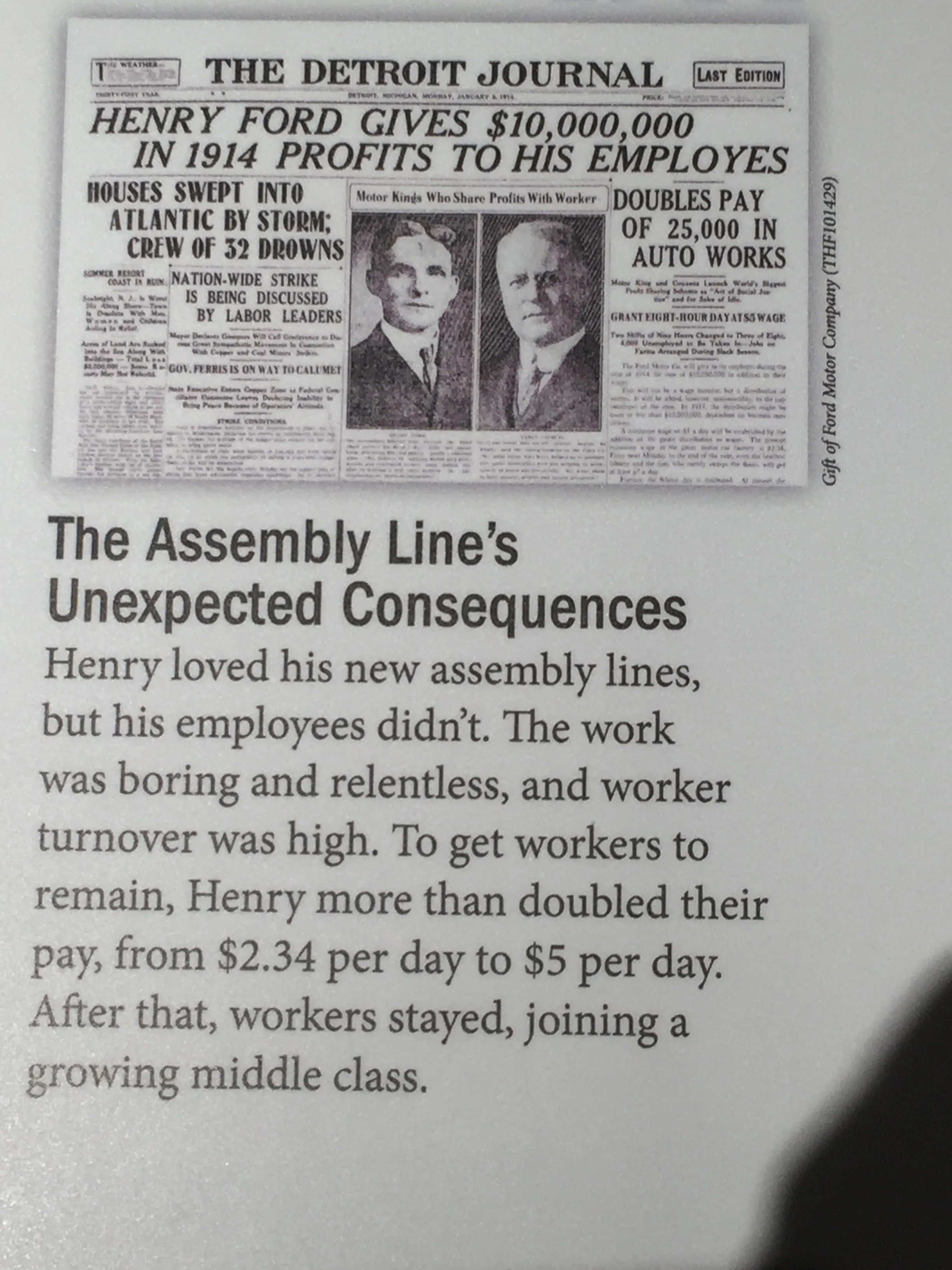German: [gəˈzamtˌkʊnstvɛʁk], translated as total work of art or total work of craft
Ernst Ludwig House
The philosopher K. F. E. Trahndorff was the first known to use the term and Richard Wagner used Gesamtkunstwerk in 1849 to describe the combination of different arts that all contributed to a greater whole. In his case it was music, drama, theatrical effects and dance that contributed to a whole performance. This is a great thing about the German language. The grammar allows words to be combined into larger words that have more specific meaning.
Gesamtkunstwerk is more meaningful for me as it relates to architecture where it is a term used to describe a project where nearly every element of a building and its contents are considered a single work or part of a whole. Some more well known examples are: Centre Le Corbusier, anything by Frank Lloyd Wright, the Bauhaus, the Darmstadt Artists’ Colony and a personal favorite, the studio/home of Wharton Esherick. In these projects the furniture, hardware fittings and architecture are all part of the work. There are obviously many other examples that could have been executed without the creator ever having knowledge of the term Gesamtkunstwerk.
The home of Wharton Esherick
"The ultimate aim of all artistic activity is building! ... Architects, sculptors, painters, we must all get back to craft! ... The artist is a heightened manifestation of the craftsman. ... Let us form ... a new guild of craftsmen without the class divisions that set out to raise an arrogant barrier between craftsmen and artists! ... Let us together create the new building of the future which will be all in one: architecture and sculpture and painting."
Walter Gropius-
Walter Gropius did not envision that such a work would be executed by a single craftsman but it could be....what would your Gesamtkunstwerk look like?
Click on the title to comment on this or any of our posts.


























